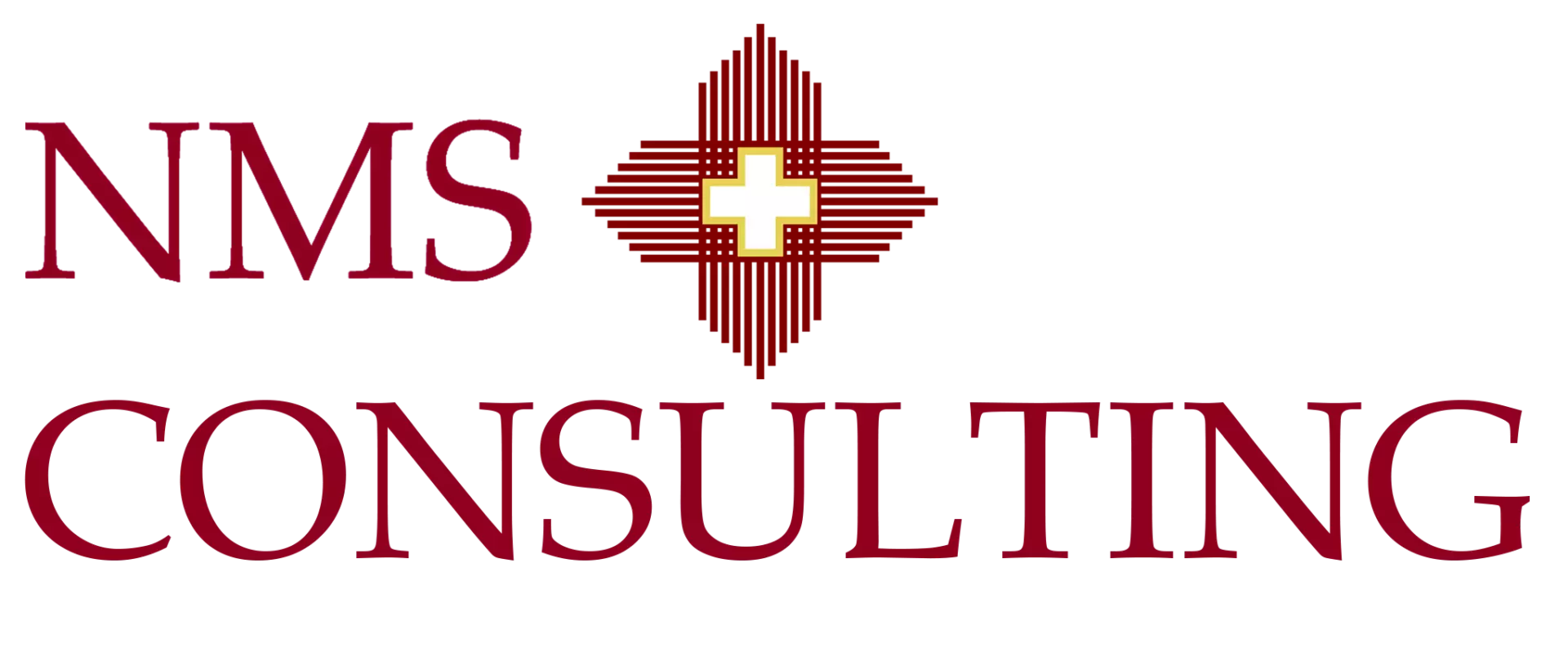Supply Chain Risk Management Consulting Blueprint 2025: Tier N Visibility, TPRM, Scenario Planning, BCP, KPIs and Dashboards

Published: • Updated:
Supply chain risk management consulting builds a repeatable way to see multi-tier exposure, vet suppliers, plan scenarios, and recover fast. Start with a map to Tier-N, align TPRM to NIST 800-161, stand up ISO 22301 continuity plans, and publish a one-page KPI dashboard that links risks to service, cost, and cash.
Want a 60-day plan that ties risk cuts to ROI? Talk to a consultant
Why It Matters In 2025
What This Blueprint Covers
- Tier-N visibility. Map beyond tier 1 into tier 2 and tier 3 using invoices, BOMs, SBOMs, trade data, and supplier attestations. Benefits include faster defect tracing and early risk flags. Background: tier visibility primer, SpendMatters. Connect to your OEM supply chain consulting workstreams.
- TPRM aligned to NIST 800-161 Rev.1. Define risk tiers, due diligence controls, continuous monitoring, and incident playbooks per NIST cyber supply chain guidance. Sources: NIST SP 800-161 Rev.1; 2024 update. See our supply chain risk consulting services.
- Scenario planning and stress tests. Model supplier loss, lane closure, sanctions, cyber incident, and demand swing. Calibrate with industry surveys on gaps in board-level risk routines. McKinsey 2024 survey.
- ISO 22301 BCP. Implement a business continuity management system with objectives, roles, exercises, and improvement. Sources: BCI guide, ISO 22301 overview.
- KPIs and dashboards. Publish a one-page view with order fill rate, perfect order, on-time delivery, lead time, inventory turns, days on hand, cash-to-cash, supplier quality, stockout rate, and a risk index. References: ThoughtSpot 2024, MRPeasy 2025.
Evidence And Sources
| Finding | Figure | Source |
|---|---|---|
| Armed conflict, misinformation, and extreme weather among top short-term risks | Global risks 2025 | WEF 2025 (PDF) |
| Reshoring tradeoffs can reduce trade and GDP without resilience gain | Trade −18%, GDP −12% (modeled) | Financial Times on OECD |
| Boards often lack formal supply chain risk routines | Low board-level engagement reported | McKinsey 2024 survey |
| Cyber supply chain risk program guidance | NIST 800-161 Rev.1 | NIST 2024 update |
| ISO 22301 frames continuity strategy and exercises | Global BCMS standard | BCI |
Interpretation: diversify, map deeper tiers, and drill recovery with clear measures. Avoid single-bet reshoring without data.
How Consultants Build It
- Map critical items to Tier-N. Use purchasing data, BOMs, SBOMs, supplier attestations, and trade datasets.
- Segment risk and set controls. Align TPRM policies and playbooks to NIST 800-161 Rev.1, then automate monitoring where feasible.
- Run scenarios and drills. Test supplier loss, port closure, cyber event, and regulatory change. Capture actions and time to recover.
- Stand up ISO 22301 BCMS. Define RTO and RPO, roles, and a realistic exercise cadence that includes suppliers.
- Publish a one-page dashboard. Owners, targets, and weekly actions tied to service, cost, and cash.
Tip: Link supplier scorecards to real outcomes like perfect order, lead time, and cash-to-cash, not just survey scores.
Start In 30 Days
- Pick five critical items and two lanes. Build the first Tier-N map and codify data refresh rules.
- Write TPRM tiers and controls. Due diligence, contract clauses, monitoring, and incident handoffs per NIST 800-161.
- Run one scenario and one BCP exercise. Document time to recover and corrective actions per ISO 22301.
- Publish the dashboard. Include order fill rate, on-time delivery, inventory turns, days on hand, supplier quality, and a risk index.
Request a supply chain risk review
Related Reading
- Supply Chain Risk Management Consulting Services
- OEM Supply Chain Consulting
- Post Merger Integration
- What Is Post Merger Integration?
- What Is Post Merger Integration PMI?
- 10 Secrets Of How Management Consultants Help With Post Merger Integration
- M&A Services: Strategy And Due Diligence
- Successful Mergers And Acquisitions
External Sources
- World Economic Forum. Global Risks Report 2025. https://www.weforum.org/publications/global-risks-report-2025/
- WEF. Global Risks Report 2025 PDF. https://reports.weforum.org/docs/WEF_Global_Risks_Report_2025.pdf
- Financial Times on OECD reshoring modeling. https://www.ft.com/content/e930fdce-367c-4e23-9967-9181b5cf43bc
- McKinsey. Supply Chain Risk Survey 2024. https://www.mckinsey.com/capabilities/operations/our-insights/supply-chain-risk-survey
- NIST. SP 800-161 Rev.1 update 2024. https://csrc.nist.gov/pubs/sp/800/161/r1/upd1/final
- BCI. Guide to Understanding ISO 22301. https://www.thebci.org/news/guide-to-understanding-iso-22301-management-system-requirements-for-business-continuity.html
- Advisera. What Is ISO 22301. https://advisera.com/27001academy/what-is-iso-22301/
- WTW. Global Supply Chain Risk Report 2025. https://www.wtwco.com/en-ng/insights/2025/05/wtw-global-supply-chain-risk-report-2025
- BSI. 2025 Supply Chain Risks And Opportunities. https://www.bsigroup.com/en-US/insights-and-media/insights/whitepapers/2025-supply-chain-risks-and-opportunities-report/
- Tradeverifyd. Supply Chain Tiers Primer. https://tradeverifyd.com/resources/supply-chain-tiers
- SpendMatters. Supply Chain Mapping And N-Tier Visibility. https://spendmatters.com/2021/08/17/supply-chain-mapping-and-n-tier-visibility-for-sustainability-wholechain-validate-what-you-claim/
- ThoughtSpot. Supply Chain KPIs 2024. https://www.thoughtspot.com/data-trends/dashboard/supply-chain-kpis-metrics-for-dashboard
- MRPeasy. Supply Chain KPIs 2025. https://www.mrpeasy.com/blog/supply-chain-kpis/
About the Author
Aykut Cakir, Senior Partner and Chief Executive Officer, has a demonstrated history in negotiations, business planning, business development. He has served as a Finance Director for gases & energy, pharmaceuticals, retail, FMCG, and automotive industries. He has collaborated closely with client leadership to co-create a customized operating model tailored to the unique needs of each project segment in the region. Aykut conducted workshops focused on developing effective communication strategies to ensure team alignment with new operating models and organizational changes.




